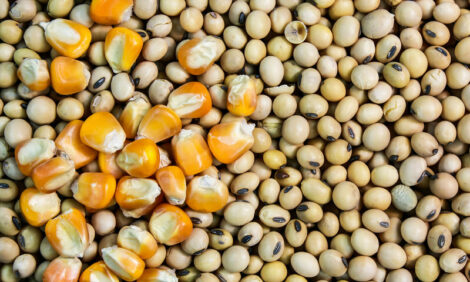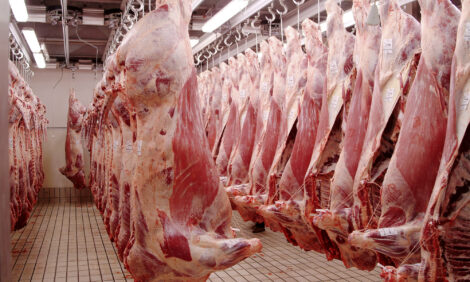



Multiple factors contributing to rising sow mortality rates
Paul Yeske, DVM, Swine Vet Center, says that the recent spike in sow mortality rates is a result of multiple factors.“Like many different things in the industry, it’s multi-factorial…not just one thing,” he told Pig Health Today.
Not all farms experience high mortality rates. Yeske said he sees a lot of variability among sow herds, and they try to understand why there’s a difference.
Expansion drives higher selection rates
One reason sow mortality increased relates to herd expansion. “As we’ve seen more expansion, we tend to have higher selection rates and sometimes end up with more mortality,” Yeske said.
“Ideally, we’d have a selection rate of 50 percent to 60 percent, and sometimes we end up…in the 70 percent to 80 percent range,” he explained. “Some of those animals probably shouldn’t have come to the barn to begin with.
“Make sure you bring enough of the animals in to allow for proper selection and not take what’s available,” he added.
In units with internal multiplication, Yeske recommended maintaining a purebred herd large enough to produce the needed replacement gilts. If gilts are outsourced, bring in enough animals for cover selection.
He also suggested making sure sow herds are sized properly. “Sometimes we just have to stand back and make sure the right animals come into the farm,” he said. “If the animal is structurally questionable, it’s going to be more difficult for that animal to stay in the herd.”
Lameness is a leading contributor to higher sow-mortality rates, along with prolapses. “Some research work is actively being done to try and understand what’s going on. We know it’s occurring; we just don’t know exactly why,” he added.
Maintain body condition
Another cause of sow mortality relates to higher production rates and body condition.
“We’re seeing higher levels of [sow] productivity than we’ve ever seen,” Yeske continued. “Are we meeting the needs of this higher-producing animal?” Research on sow diets dates back a number of years when production rates were lower, he noted.
Good body condition is essential for keeping sows in the herd. “If we get the animals into the herd, keep them in the right body condition,” Yeske said. “That’s going to add to their longevity.
“If the animals are yoyo-ing a lot on weight, it’s going to add more stress and more challenges. Try to keep them very uniform and consistent on weight.”
Match health status
It’s important to remember that gilts entering a herd are stressed as they begin to develop herd immunity. Producers need to properly acclimate gilts to diseases they may face.
“Understand the health status of the animal coming in, manage it to match your herd and then identify the problems as they show up,” Yeske advised.
“If we don’t get that done right, that just adds more stress to those young-parity animals and ends up having them exit the system faster than they should.”
Fast intervention
Speed is also critical. “Herds that have fast intervention on problem animals tend to have the lowest mortality,” he said.
“Make sure you do individual pig care every day. Go out and check every animal every day. Make sure the animal is getting up and good on all four legs. Make sure the animal is eating and [there are] no other signs of any health problems,” he added.






